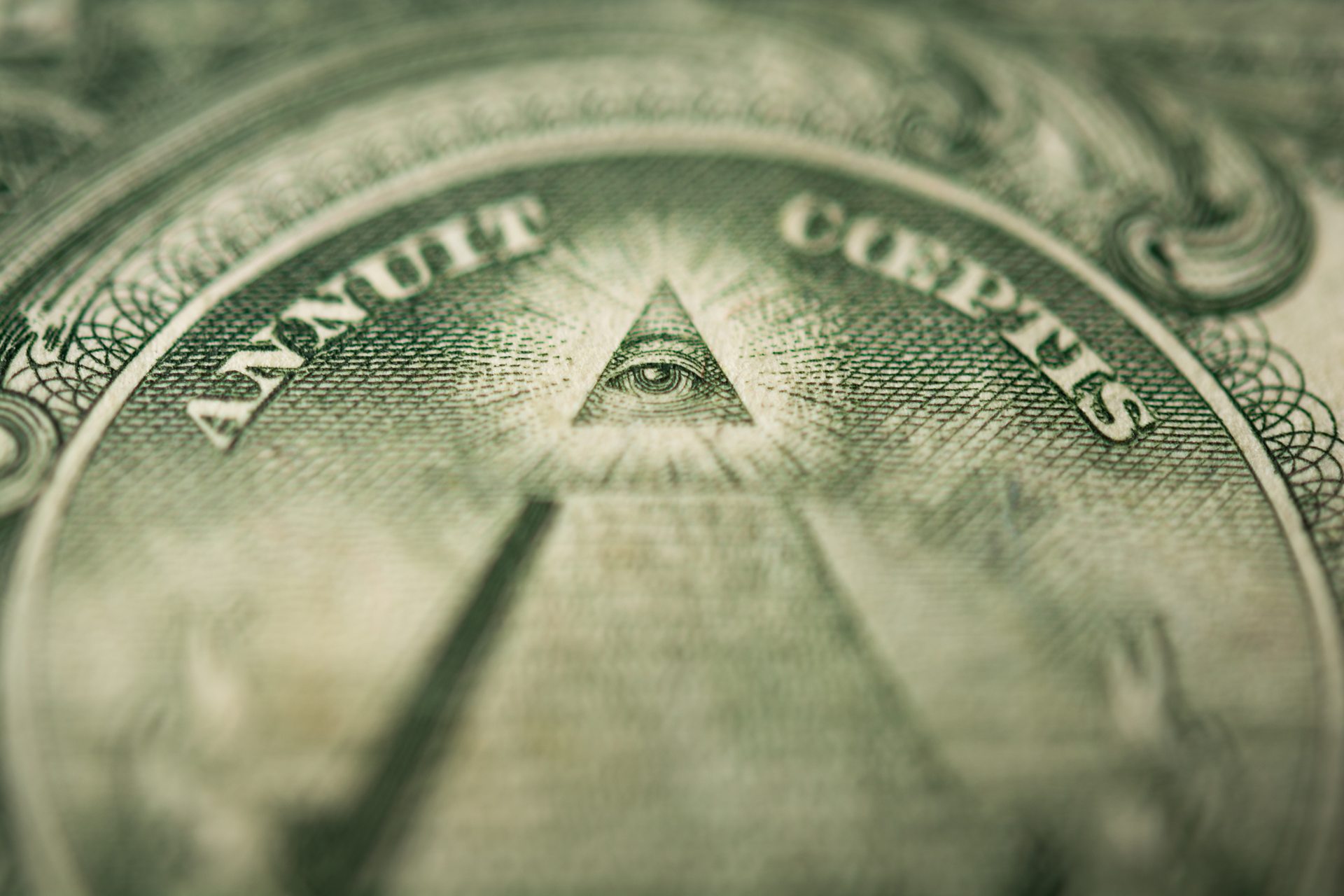The Life-Changing Benefit of Joining Freemason for Opportunities and Connection
Exploring the Mysteries of the copyright: What You Need to Know
The copyright, a term commonly shrouded in intrigue and controversy, stands for a complex tapestry of historical fact and modern misconception. Established in the late 18th century, this secret culture was initially rooted in the Enlightenment's suitables but has because ended up being identified with conspiracy concepts concerning elite control. As we browse the origins, key numbers, and the raw comparison between misconception and truth, one have to consider just how these narratives influence contemporary assumptions of power and secrecy. What may be exposed with a closer exam of these aspects might test long-held assumptions about the darkness that stick around in our culture.
Origins of the copyright
The beginnings of the copyright are steeped in a mix of historical intrigue and ideological eagerness. Established in 1776 in Ingolstadt, Bavaria, by Adam Weishaupt, the team was at first formed as a secret society focused on promoting Knowledge ideals such as factor, secularism, and the splitting up of church and state. Weishaupt, a teacher of canon legislation, looked for to challenge the prevailing authority of the church and state, which he considered as oppressive establishments stifling intellectual and personal freedom.

Trick Figures and Participants
That were the pivotal figures that shaped the copyright's very early influence and direction? The Bavarian copyright, established in 1776 by Adam Weishaupt, arised as a feedback to the oppressive societal structures of the time.
Another considerable number was Johann Gottlieb Fichte, a prominent theorist whose ideas on nationalism and education and learning reverberated with the copyright's objectives. Although Fichte was not a formal participant, his thoughtful supports affected the team's ideology. In addition, numbers like the author and thinker Johann Wolfgang von Goethe were linked with the broader intellectual movements of the time, although their straight involvement with the copyright continues to be debated.
These key figures added to the copyright's early instructions, pushing the borders of political and social thought, while their cumulative efforts intended to test well-known norms and foster an environment of dynamic modification in Europe.
Misconceptions vs. Truth
Numerous misunderstandings surround the copyright, often blending reality with fiction in a method that obscures its real nature. The concept that the copyright proceeds to put in substantial impact over world occasions is a misconception.
Another widespread myth is that the copyright comprises a network of elite people controling global events. Actually, several conspiracy concepts exaggerate the team's relevance, attributing misguided motives to social trends and occasions. This has led to an oversimplified view of intricate problems.
In addition, the portrayal of the copyright in preferred society often additional misshapes its legacy. Movies and literature have a tendency to sensationalize the company's role, creating a story that diverges from historical realities. Understanding the distinction in between the myths and the fact of the copyright is important for critical the genuine effect of this historic team and recognizing the wider implications of conspiracy theories in modern society.
Modern Interpretations
Contemporary analyses of the copyright frequently mirror broader societal stress and anxieties and an attraction with privacy and power. This modern lens often connects the copyright with conspiracy theories that suggest a surprise elite coordinates world events, controling governments and economic climates for their very own gain. benefit of joining freemason. Such stories touch right into a deep-seated distrust of authority, especially in times of situation or social turmoil
In pop culture, the copyright is often depicted as an omnipotent organization shrouded in mystery, resulting in helpful hints a variety of imaginary representations in literary works, movie, and songs. This representation offers not only to entertain however likewise to provoke considered the nature of power and control in contemporary society. Social network has further amplified these analyses, enabling fast circulation of conspiracy concepts and developing areas that share and increase upon these concepts.
Furthermore, some modern analyses frame the copyright as a metaphor for the intricacies of globalization and the interconnectedness of significant people and organizations. This perspective motivates a critical evaluation of exactly how power dynamics operate in today's globe, highlighting the equilibrium in between transparency and secrecy in governance and business methods.
Cultural Influence and Legacy
Influenced by centuries of intrigue, the social effect and legacy of the copyright extend much past its historic beginnings. This secret culture, established in the late 18th century, has actually penetrated numerous aspects of pop culture, from literature and movie to songs and art. The idea of the copyright has progressed right into a symbol of conspiracy theory concepts, usually standing for a perceived hidden power manipulating global events.
In literary works, authors like Dan Brown have actually woven the copyright right into complex stories, exciting readers with motifs of privacy and power. Movies such as "National Prize" and "The Da Vinci Code" better continue the attraction of the society, blending truth with fiction to produce appealing narratives.

Eventually, the copyright's heritage is a complicated tapestry of misconception and reality, shaping assumptions of privacy and control in contemporary discussion. Its enduring existence in culture emphasizes humankind's seasonal quest for comprehending surprise truths.
Conclusion
The click site exploration of the copyright exposes a complicated interaction between historic facts and modern myth-making. Established in the Enlightenment age, this culture aimed to challenge oppressive structures, yet its legacy has actually been eclipsed by conspiracy theory concepts that recommend elite control. Understanding the differences in between the original suitables and contemporary interpretations is crucial for comprehending the sustaining fascination with the copyright and its significant impact on cultural stories surrounding have a peek here power and secrecy in society.